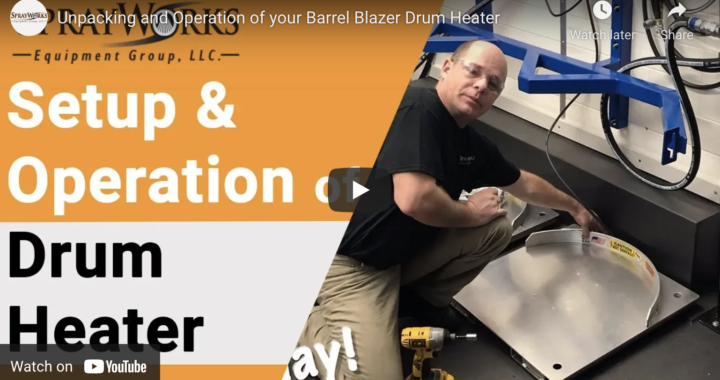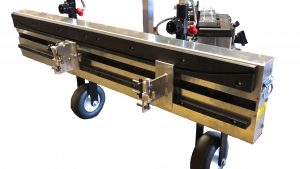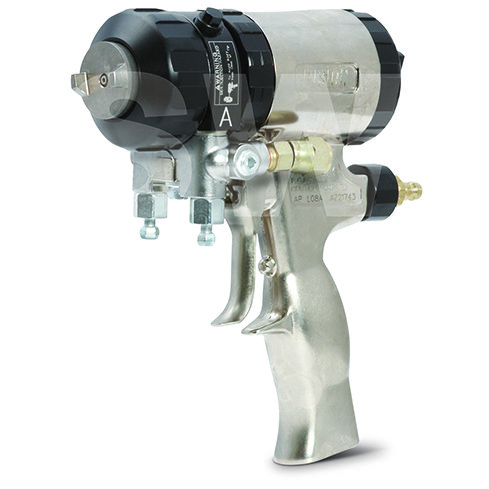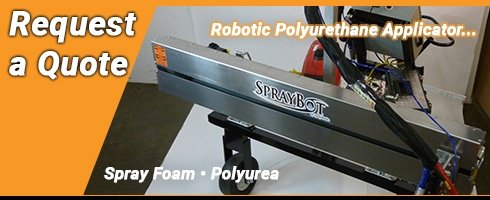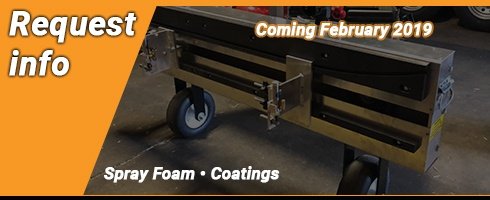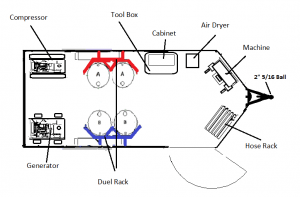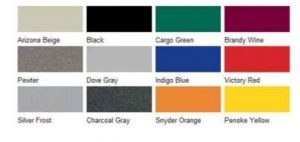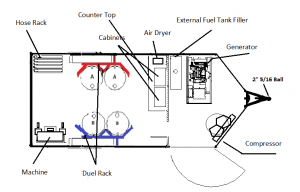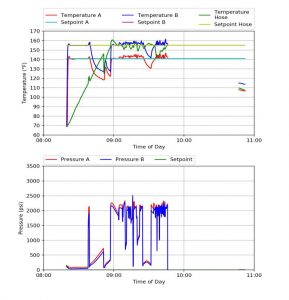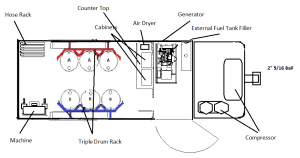Two-component spray foam systems, for sprayed-in-place or spray-on polyurethane foam insulation blends, are primarily packaged in steel 55 gallon barrels and distributed by their weight in volume as a paired set.
A paired set is two barrels consisting of one “A” side (Activator/Isocyanate) and one “R” side (Resin/Polyol) ranging in a combined liquid weight from 970 lb to 1050 lb. It should be noted that in many instances the components are referred to as “A” and “B,” respectively.
How Are the Spray Foam Systems Produced?
In general, the spray foam systems are produced having at minimum six months shelf-life within the original unopened barrel. Stored between 60° and 75° F (15° – 24° C check manufacturer SDS for temperatures), they do not require additives, but “B” sides may require mixing and/or continual agitation.
The barrel colors vary between blenders. As a result of the highly reactive nature of the two components, cross contamination of the barrels must be avoided. A standard procedure in spray foam rigs to identify each side component by color is often used where red identifies the “A” side and blue identifies the “B” side.
Continue reading→


